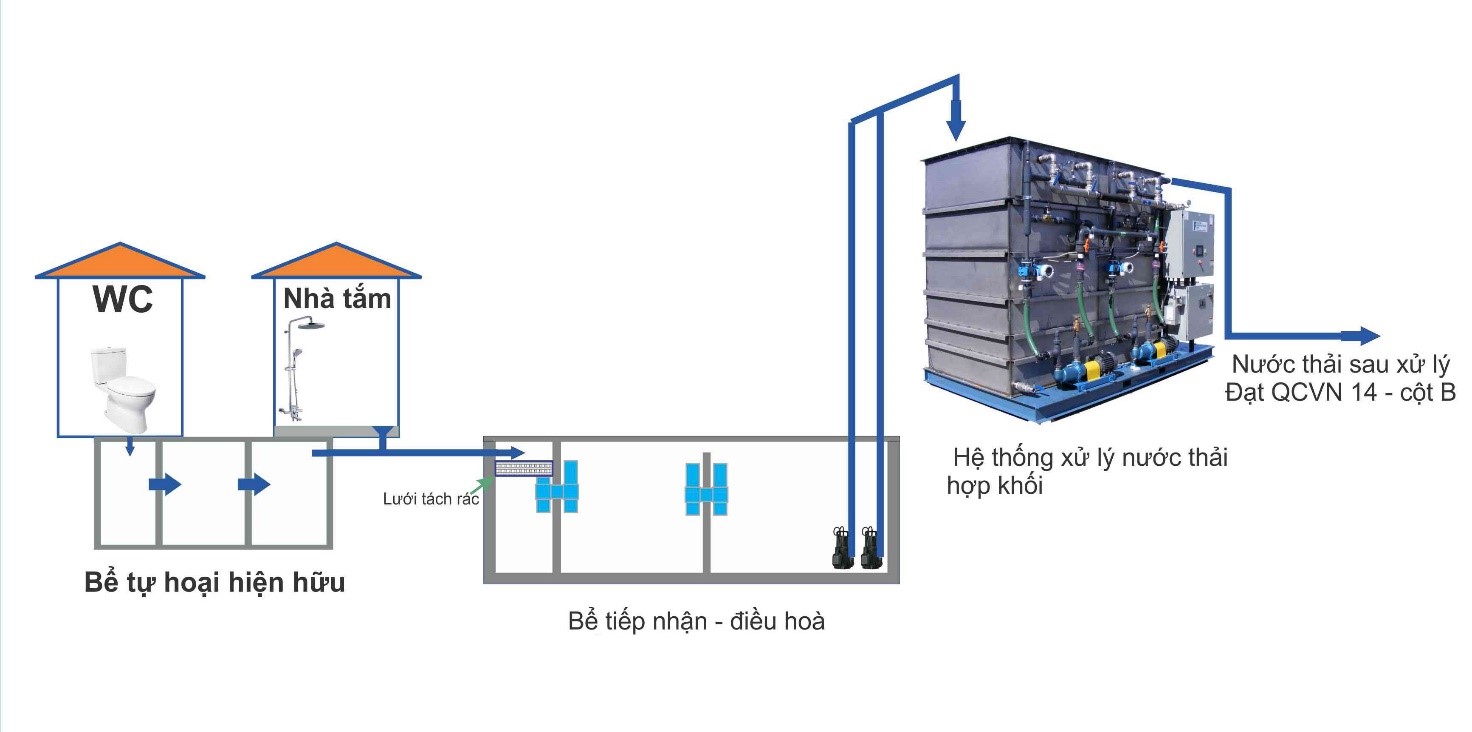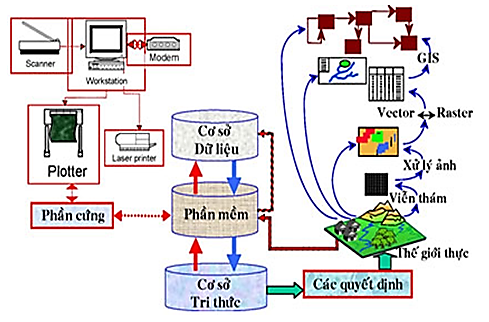For domestic wastewater
Domestic water is a constant daily and indispensable need of humans. On average, each person each day uses up about 80-120 liters of water for all living needs. This amount of water, after being used by humans, has changed its properties, containing many polluting ingredients: dirt, grease, biodegradable organic substances, food, sanitary waste. , the microorganisms that cause disease.
The ingredients to be treated in domestic wastewater are organic components, suspended residues and microorganisms. If domestic wastewater is not treated but discharged directly to the environment, it will cause eutrophication risk in static water bodies and this is a source of great odor pollution in densely populated areas. .
Domestic wastewater is particularly polluted by organic matter components, which is manifested by a large concentration of COD and BOD. Besides that are other nutrients such as nitrogen, phosphorus and microorganisms.
The treatment of domestic wastewater is one of the issues that need to be prioritized at present.
Diagram of domestic wastewater treatment system

For medical wastewater
Medical wastewater is the solution that is discharged from medical examination and treatment establishments. Medical wastewater contains a multitude of bacteria, viruses and other biological pathogens in the blood, fluid, sputum, stool, toxic chemicals from the body and treatment preparations, even radioactive material. Therefore, it is classified as hazardous waste.
Hospital wastewater, in addition to the usual pollutants such as organic matter, vegetable oil and grease, and bacteria, also contains specific organic and mineral contaminants such as medicinal waste, disinfectants, and Chemical solvent, antibiotic residues, radioisotopes are used in the diagnosis and treatment of the disease.
Biological hospital wastewater treatment technology is a technology with many advantages and high efficiency applied in practice many hospitals, clinics around the world and in Vietnam in many different scales. .
For industrial wastewater
Industrial wastewater is wastewater generated in the industrial production process from the production stages and activities serving production such as wastewater while conducting industrial sanitation, or the daily life of workers. tablets. Industrial wastewater is very diverse, differing in composition and emissions and depends on many factors: type of industry, type of technology used, modernity of technology, life of equipment. , the facility's management qualifications and staff awareness.
The typical parameters for wastewater include temperature, taste, color, turbidity, insoluble pollutants such as substances that can be deposited, suspended solids and floating substances such as oils and fats; solutes such as inorganic salts, water-soluble organic compounds, acids, and alkalis. There are dissolved salts such as sulfate salts, chloride salts that are not biodegradable.
Organic substances: characterized by parameters of BOD and COD
Total organic carbon TOC: total organic carbon compounds
Dissolved organic carbon DOC
Toxins: wastewater contains heavy metals such as mercury, copper, lead, zinc, cadmium ...
Wastewater characteristics are determined through measurement, sampling and analysis. The characteristics of wastewater allow the assessment of the pollution level of the wastewater and are necessary parameters for the selection of treatment methods and design and calculation of treatment equipment.





